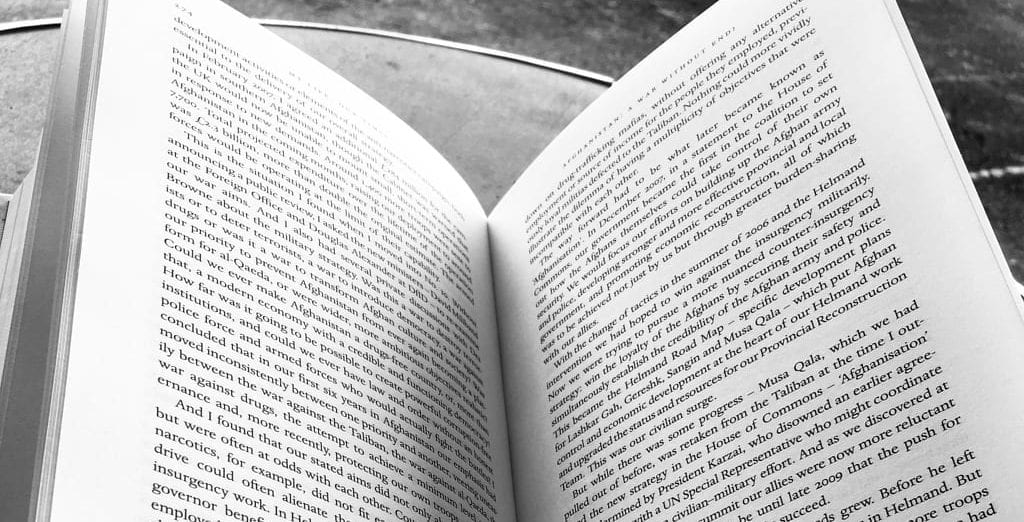The article is talking about the fact that public opinion does not exist and how it influences our lives. It goes in depth describing various scenarios which make people think that their voice matters, but in reality, people who are responsible for the polls and other methods of collecting public opinion trick you into believing that. The way they do it is by asking certain questions to which specific social groups usually have the exact answer they need, which leads to them getting exactly what they wanted from the start.
Bourdieu, Pierre. Public Opinion Does Not Exist, Sociology in Question. London: Sage Publications, 1993.
The article talks about different kinds of archives like paper archives, archive in your email, tape archive, etc. and the way they work.
Owens, Trevor. “What Do You Mean by Archive? Genres of Usage for Digital Preservers.” Library of Congress. February 27, 2014. Accessed February 3, 2019. https://blogs.loc.gov/thesignal/2014/02/what-do-you-mean-by-archive-genres-of-usage-for-digital-preservers/.
The article is about data visualization and the three categories it can be divided into (scientific, journalistic, and artistic). It describes the strengths and weaknesses of each practice and supports the content with various experiments scientists have conducted.
Hall, Peter. “Bubbles, Lines, and String: How Information Visualization Shapes Society.” In Graphic Design: Now in Production, edited by Andrew Blauvelt and Ellen Lupton, 170-85. Minneapolis, MN: Walker Art Center, 2011.
With the majority of archives becoming digital rose the problem of the ethical use of the materials. Archivists were not used to asking for the consent of the people involved in the work, but with it being on the internet thus easily searchable it might affect contributors negatively. “Thus, even when something is publicly available, like a tweet, scholars might need to make ethical choices about using and presenting that information.”
Agarwal, Kritika. “Doing Right Online: Archivists Shape an Ethics for the Digital Age.” Perspectives on History. November 1, 2016. Accessed February 3, 2019. https://www.historians.org/publications-and-directories/perspectives-on-history/november-2016/doing-right-online-archivists-shape-an-ethics-for-the-digital-age.
The first chapter describes methods or observation and recording your surroundings. Zeisel goes into detail on how to conduct research and notice those crucial details that are present and those that are missing.
In the second chapter, he continues the topic by observing the behavior. Zeisel describes several ways the observer can use in order to collect as much data as possible like different methods of communication, different observation points and the way you record data.
Zeisel, John. Inquiry By Design: Tools for Environment-Behavior Research, chap. 7—8. Cambridge [Cambridgeshire]; New York, NY, USA: Cambridge University Press, 1984.
Alexandra Bell is an artist who noticed an issue with representation of the black community in the news and decided to address it through alteration of the original newspapers. She believes that a lot of media representation is biased and inadequate and that it’s all about depiction. She changed the pictures, headlines, even layout of the page to present the stories in a way they were supposed to be done so the readers will not get tricked by those aspects into thinking that it is an okay thing to do or that the problem is not as severe as it is in reality.
Rewriting Racist Headlines. Performed by Alexandra Bell. NewYorker.com/video. May 24, 2018. Accessed January 3, 2019. https://video.newyorker.com/watch/rewriting-racist-headlines.
This article is describing all the ways that archivists use in order to arrange, store, and help the researchers find the right material. It also talks about what methods archivists use for organizing the data, teach you archival vocabulary, and enables you to decode the description of the archive itself.
Thompson, Samantha. “How Do Archivists Describe Collections? (or, How to Read a Finding Aid).” Archives @ PAMA. February 29, 2016. Accessed February 3, 2019. https://peelarchivesblog.com/2016/02/29/how-do-archivists-describe-collections-or-how-to-read-a-finding-aid/.
The author starts with describing the Union Square and how people appreciate public spaces like that in Big cities. Then she goes on to describing what happened in the past that led to what we have now. “The paradox of public space is that private control can make it more attractive, … but state control can make it more repressive, more narrowly ideological, and not representative at all.”
Zukin, Sharon. Naked City: The Death and Life of Authentic Urban Places, chap. 4—5. Oxford: Oxford University Press, 2011.
